Safety Stops and Why you Should Make one Diving
Some techniques we learn for scuba diving are intended for emergency situations only, whereas other skills are applicable almost every time we hit the water. Scuba diving safety stops are a skill taught to use when we first integrate into the diving world. They are a protective and proactive measure ensuring our bodies are properly acclimatized going from time spent at depth back up to the surface.
What is a Safety Stop?
A safety stop is a standard dive procedure that is done in scuba diving for any dives below 10 meters (32 feet) This brief 3 to 5-minute pause at a depth of 5-6 meters (15-20 feet) is a practice that allows a diver’s body to decompress after time spent at depth.
There are many variations of passages of Lorem Ipsum available, but the majority have suffered alteration in some form, by injected humor, or randomized words that don’t look even slightly believable. If you are going to use a passage from Lorem Ipsum, you need to be there isn’t anything embarrassing hidden in the middle of the text.
Why make a safety stop?https://redseadiverss.com/2023/09/14/dive-sites-and-underwater-marine-life/
As you will or may have already learned in your beginner Open Water scuba diving course, breathing compressed air underwater leads to the accumulation of nitrogen in our bloodstream and tissue. When we surface after being at depth, the pressure decreases, and that same nitrogen begins to leach back out. This process is often referred to as “off-gassing.”
When a scuba diver ascends too fast, the pressure reduces rapidly and this differential causes the formation of nitrogen bubbles in our tissues and blood vessels. Imagine the carbonation that occurs when you shake and open a bottle of Pepsi. When this happens, these nitrogen bubbles can get trapped in our body bringing about decompression sickness (aka the bends).
Safety stops significantly slow down a diver’s ascent to the surface, which allows time for the excess nitrogen that has accumulated in our blood and tissue to dissolve out of our bodies. And even when we’ve finished our safety stop, the process of “off-gassing” continues for several hours after our dive. They are highly recommended on every dive. Safety stops are particularly important on deeper dives, dives below 10 meters (32 feet). That being said even on shallower dives when all safety procedures are followed, there is still a minuscule chance that decompression illness could happen so why risk it?
Beyond the safety reasons for making a 5-6 meter (15-20 foot) stop, there are a few other reasons for pausing at these depths. Firstly, a stop can give you time to assess the surface conditions and identify potential final ascent hazards. Secondly, it gives a diver time to secure their gear before exiting the water. Nobody wants to drop an expensive camera or flashlight because it wasn’t properly clipped onto their equipment.
There are many variations of passages of Lorem Ipsum available, but the majority have suffered alteration in some form, by injected humor, or randomized words that don’t look even slightly believable. If you are going to use a passage from Lorem Ipsum, you need to be there isn’t anything embarrassing hidden in the middle of the text.
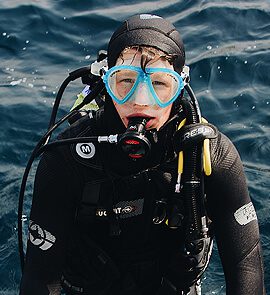 There are many variations of passages of Lorem Ipsum available, but the majority have suffered alteration in some form, by injected humor, or randomized words which don’t loo
There are many variations of passages of Lorem Ipsum available, but the majority have suffered alteration in some form, by injected humor, or randomized words which don’t loo
Body Positioning During a Safety Stop
When it comes to a diver’s body positioning during a safety stop, there have been no conclusive studies suggesting a vertical or horizontal position is better than the other. In a prone position, your entire body is at the desired stop depth and exposed to equal ambient pressure. In a vertically orientated position, a diver’s legs and head are exposed to a small but negligible difference in ambient pressure. Regardless of these slight variations, at the end of the day, it all comes down to a diver’s personal preference and the conditions.
For instance, if you are diving in the current it might make sense to keep your body horizontal with your head facing the current holding onto the line. Alternatively, if you are inflating and hanging onto your own dSMB you might find it easier to have your legs vertical, below your body.
k even slightly believable. If you are going to use a passage from Lorem Ipsum, you need to be there isn’t anything embarrassing hidden in the middle
There are many variations of passages of Lorem Ipsum available, but the majority have suffered alteration in some form, by injected humor, or randomized words that don’t look even slightly
There are many variations of passages of Lorem Ipsum available, but the majority have suffered alteration in some form, by injected humor, or randomized words that don’t look even slightly believable. If you are going to use a passage from Lorem Ipsum, you need to be there isn’t anything embarrassing hidden in the middle of the text.
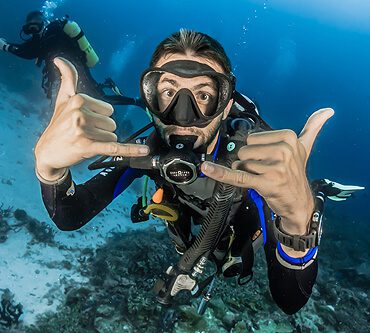
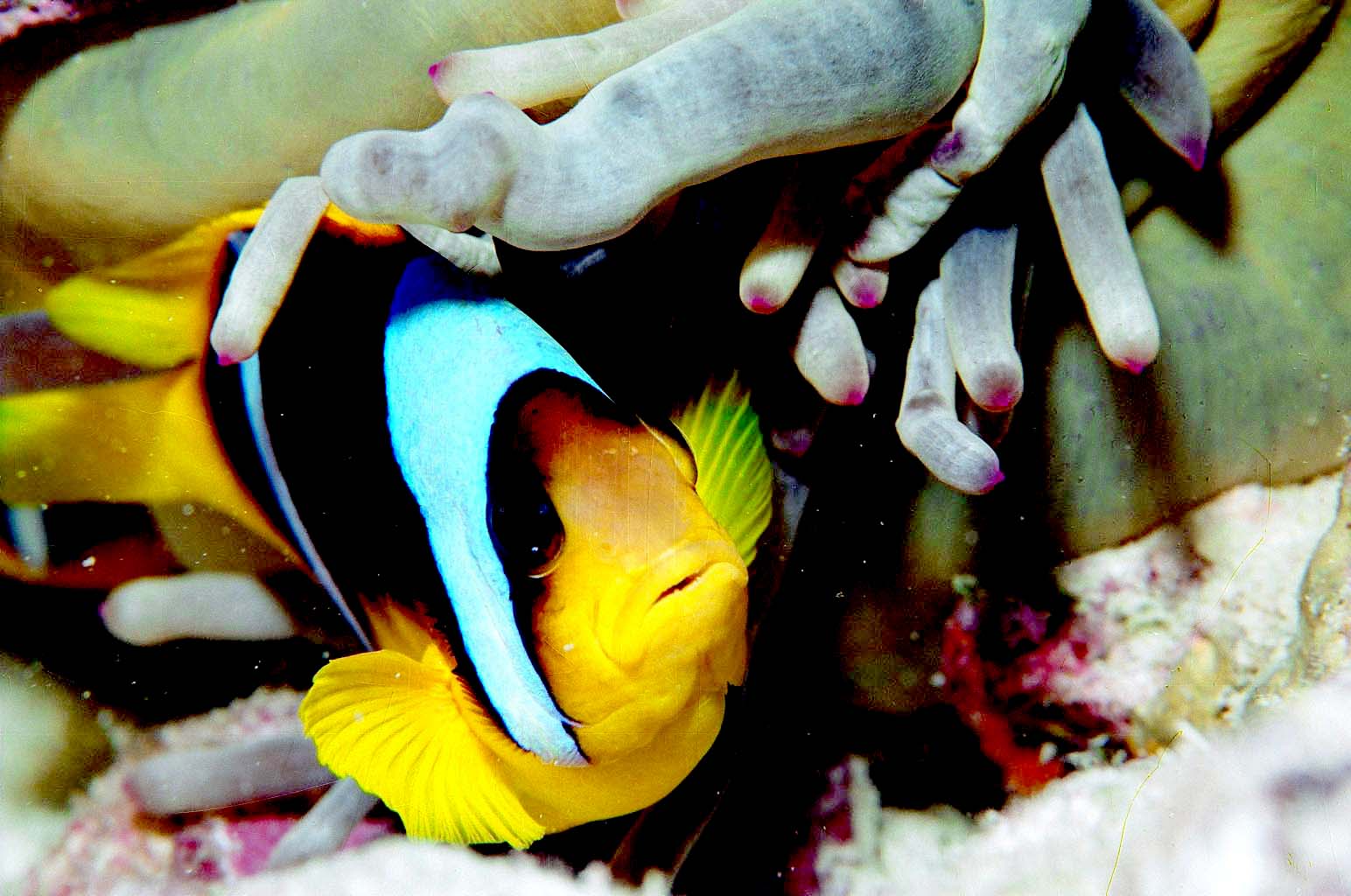
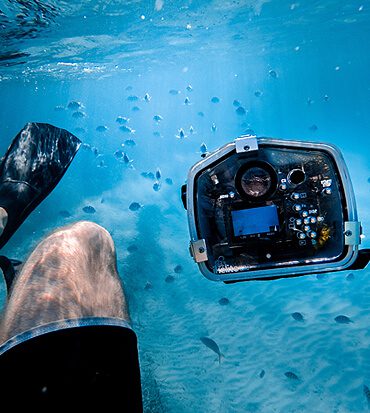

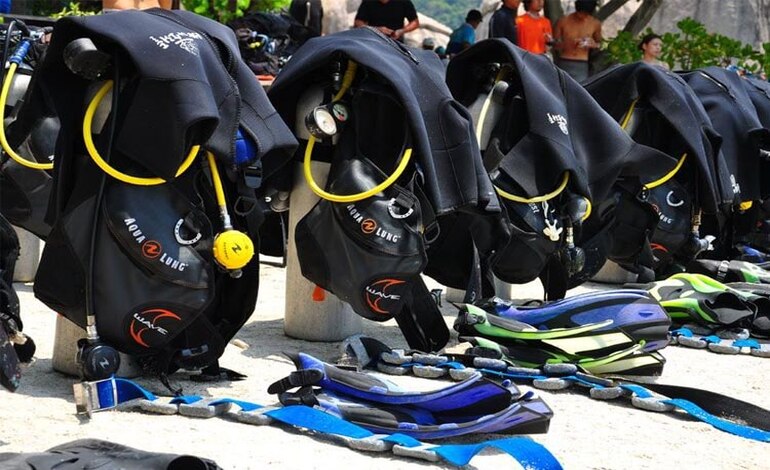

Leave A Comment